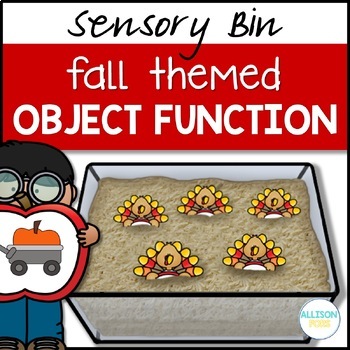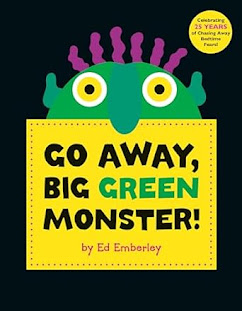Alison Fors is an SLPA & I really liked the products from her store so I contacted her and asked her to do a guest blog post for me. She said... yes!! Thank you!!
Allison Fors - I have been working as a speech-language pathology assistant since 2011. I
have primarily worked in pediatrics with diagnoses of autism, Down
syndrome, and developmental delays. In addition, I have worked with
grades K-12 in schools.
Thank you Allison!!! Check out her shop and she has posted a flash freebie!
My Favorite Therapy Materials
I love exchanging favorite therapy tools with fellow speech therapists. Here are some of my favorites that are inexpensive, reach a broad age spectrum, and can be adapted for many kids and goals!
This app is amazing – it’s extremely functional and interactive.You are able to explore and manipulate everything in this detailed doll house. Jump on the trampoline, grow carrots, put a different CD in the music player, blow bubbles, or feed the fish! The options and language opportunities are endless.
I’ve targeted just about every goal with this app: vocabulary, actions, following directions, verb tenses, plurals, pronouns, prepositions, sentence structure, sequencing, and discussing/acting out social routines and scenarios. It also works as a fantastic reward, in which you can easily continue reinforcing concepts!
I have yet to meet a child who does not like this game. I’ve used it with kids anywhere from 2-10 years old. There are also My Play Home Stores and My Play Home School apps. All connect to each other and the people and items are accessible within each separate app. It’s really fun to walk out of the house and down the street to the school or stores. Go buy new clothes, walk home and put them in the closets!
The apps costs $3.99 but there is a free version (My Play Home Lite) if you wish to download it first to check it out. The Lite version is also a great option for parents to download and use at home for carryover.
Sensory Bins
Sensory bins are a tactile experience in a container usually filled with beans, rice, noodles, beads, corn or sand. They are extremely easy to make. I like to use Sterilite plastic bins with lids, but you can use any container and any size. Then add any filler and any objects – toys, spoons, strainers, plastic eggs, rakes. You can make them themed for the time of year or for a particular unit. There are tons of sensory bin ideas online if you need inspiration.
I love sensory bins because they are different from anything else I use in therapy and easily make a boring activity fun with minimal preparation. I have used sensory bins for tiny ones targeting joint attention – playing with me, making eye contact, imitating actions (scooping, shaking, etc), or practicing simple verbs (in, out, open, close). I use them for older kids as well by hiding items to find – for example, articulation cards, toy people to practice pronouns, or wind-up toys. If you haven’t yet, try out a sensory bin in therapy!
Puppets
Puppets may seem like a tool for young children only but I’ve been surprised at how well they have worked with school-aged children by helping build rapport or addressing difficult things you may not want to bring direct attention to. Keep in mind you can use not just puppets, but any stuffed or favorite toys (e.g. angry birds, Mario/Luigi, Minecraft, princess dolls, car). Here are some examples of how I use puppets:
- Selective mutism/shy children: Puppets have helped me connect with children who are reluctant to talk and play. Talking to a child via a puppet, or giving them a puppet to communicate (pointing, nodding, talking) with can be less intimidating for them. I have even had children bring their favorite stuffed toy to our session and I will talk to the toy instead of directly to the child (e.g. “Minnie Mouse, where is the lion?”).
- Stuttering: I use puppets to give examples of “smooth” and “bumpy” speech, and then I have the child identify the type of speech themselves and teach the puppet strategies for fluent speech. Another strategy is allowing them to talk vicariously through a puppet, which may take pressure off of them and help reduce disfluent speech.
- Social skills: Using puppets to act out social situations can be a good way to teach pragmatics without negatively singling out the child’s social skills. Demonstrate good and poor social behaviors and interactions, and have them use a puppet as well to role play and practice social routines!
Pop-Up Pirate! Game
This is a very simple, exciting game by Tomy that I use as a motivator and pair with a typically boring activity, like drill work. For example, answer a question and then take a turn. In this game there is a pirate inside a barrel. You take turns putting colorful swords in the slots of the barrel. According to the game rules, if the pirate pops up on your turn then you’re out. Often times I just mark the end of the game when the pirate pops up – they always find it hilarious!
Thanks again, Allison!! :)
Cheers,
Allison & Mindy!










0 comments:
Post a Comment